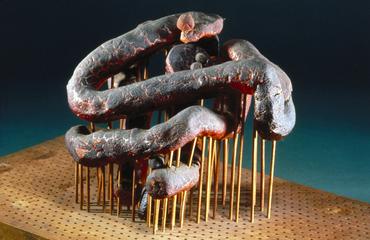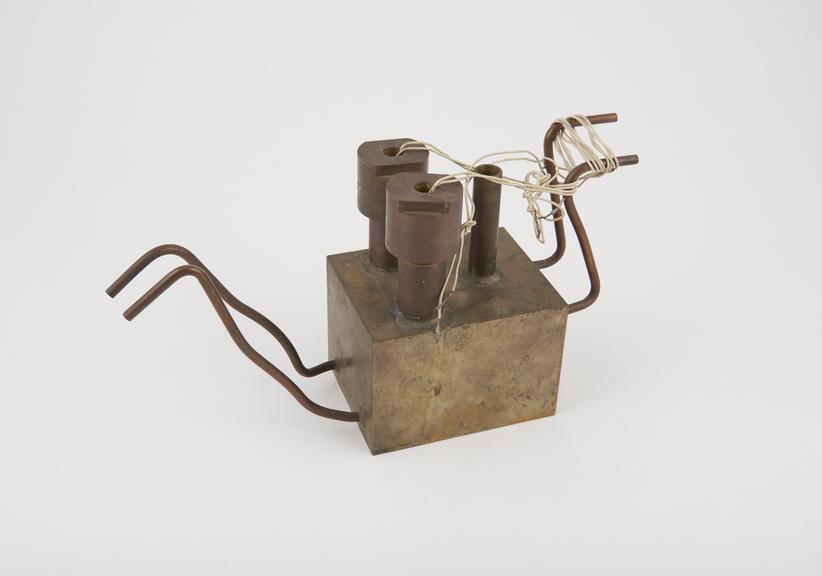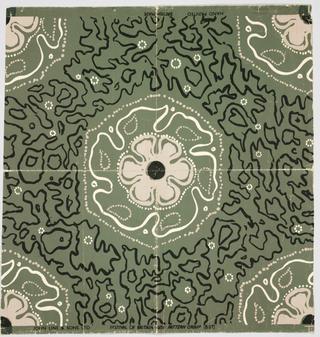
Katharometer, designed by W.Stuve, c. 1957
- Made:
- 1957

Katharometer, designed by W.Stuve, c. 1957
Katharometers have been used as detectors in gas chromatography from about 1955. They operate by passing the eluted gases over a heated wire. Due to variations in thermal conductivity of the gas as the products emerge from the column, their presence is indicated by fluctuations in the wire current.
This example was devised by W. Stuve of the Hauptlaboratorium der Margarine-Union, Hamburg. It uses a tungsten light bulb filament instead of the usual platinum wire.
The first commercially available instrument in Britain, the Griffin and George D6 Gas Chromatograph used a katharometer as its detector.
Details
- Category:
- Experimental Chemistry
- Object Number:
- 1977-248
- type:
- meter
- credit:
- Unilever Ltd. Research Laboratories




